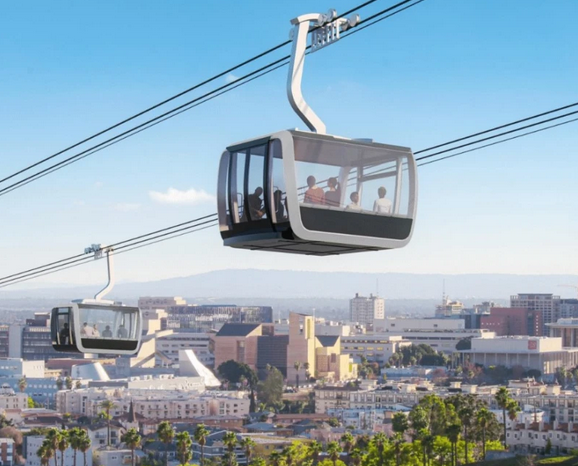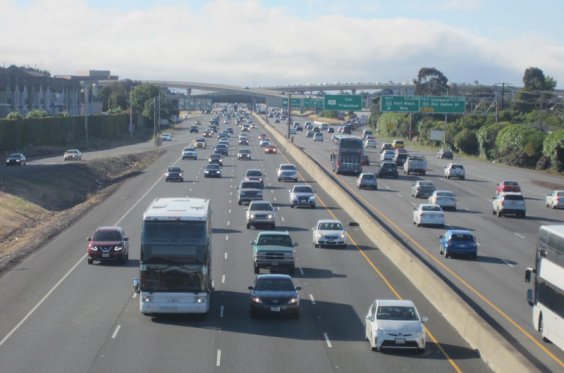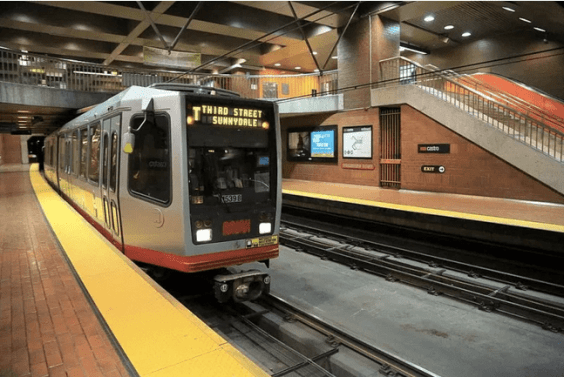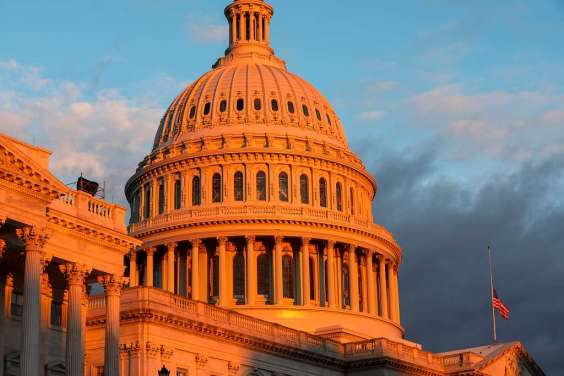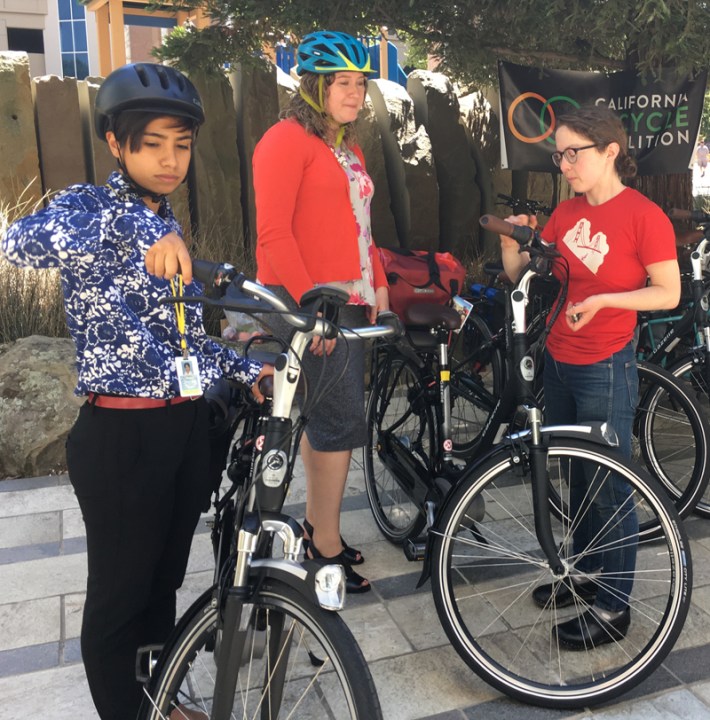
At its meeting a few weeks ago, the California Air Resources Board (CARB) agreed to include bike-share in its Car Sharing and Mobility Options pilot program. That means that areas that are figuring out how to get bike-share into low income areas now have a new funding option.
The Car Sharing and Mobility Options program funded car-sharing in low-income communities last year with $2.5 million. As the board was considering increasing this year's allocation to $8 million, the California Bicycle Coalition was trying to get it to also include incentives for buying electric bikes. Pilot programs created last year provided grants and rebates to buy electric motorcycles and electric “neighborhood vehicles”—basically golf carts—but not bikes.
CalBike has argued that a separate pilot program focusing on bicycles, which could include incentives to buy electric bicycles, grants for bike-share, grants for bike repair, and the like, would give more bang for the buck in terms of getting people to switch to clean vehicles. There would also be advantages to creating a program that focuses solely on bikes, in that at least someone at CARB would take bicycles seriously and understand their usefulness as the ultimate clean vehicles.
Instead of a separate bike pilot program, the CARB board decided to allow bike-share programs to apply for funding within the existing Mobility Options program. How much money ultimately goes to bike-share will depend on how many areas apply for funding.
“We applaud CARB for showing leadership by expanding the scope and funding of this pilot program to include bike-sharing, and appreciate the innovative twist of adding electric bike-sharing,” said Dave Snyder, executive director of the California Bicycle Coalition.
Bike-share programs have been under pressure not to use public subsidies because they have not been seen as “essential” transportation options like freeways or transit. Because they are largely self-funded, they are not always available to some of the people most likely to be able to make use of them, including low-income people in communities lacking other modes of access. Grants from this program create more opportunities for cities, agencies, and nonprofits working on bike-share to make it as accessible as possible.
“This is a pilot program, which means it will have to prove itself,” said Jeanie Ward-Waller, policy director for the California Bicycle Coalition. “If we can make it successful, it could be groundbreaking. It would be a good model for how to reach low-income communities nationwide with these programs.”
She also allowed that it could help CalBike prove the larger concept they've been pushing, which is that bikes are the ultimate low-carbon vehicle and should be encouraged as much as possible, including with monetary incentives to buy them.
“It's been frustrating to me that we've had so much trouble convincing CARB how we can fit bikes into these programs,” she said. “It's silly that they make a distinction between electric motorcycles and ebikes, which are even more viable as transportation vehicles for most of the population.”
“The state has long neglected the role that bicycling can play in reducing greenhouse gases. This shows they’re starting to pay attention,” said Snyder. “We’re looking forward to CARB hosting more progressive programs, like our proposed bike purchase incentive program, to really make bicycling mainstream in California.”
The current planned allocation for the entire Car Sharing and Mobility Options program is $8 million, but that depends on CARB receiving the full $500 million it hopes to get for the overall Low Carbon Transportation Investments program, of which the Mobility Options is just one part.
Because the legislature and the governor have not yet agreed on the investment plan for this year's cap-and-trade investments, which is the source of funding for the Low Carbon Investments program, there is uncertainty about how much money it will ultimately get. At its meeting, the CARB board decided it would scale back individual parts of the program proportionally if the full amount is not forthcoming from the administration—except it would protect those that focus on low-income communities.
